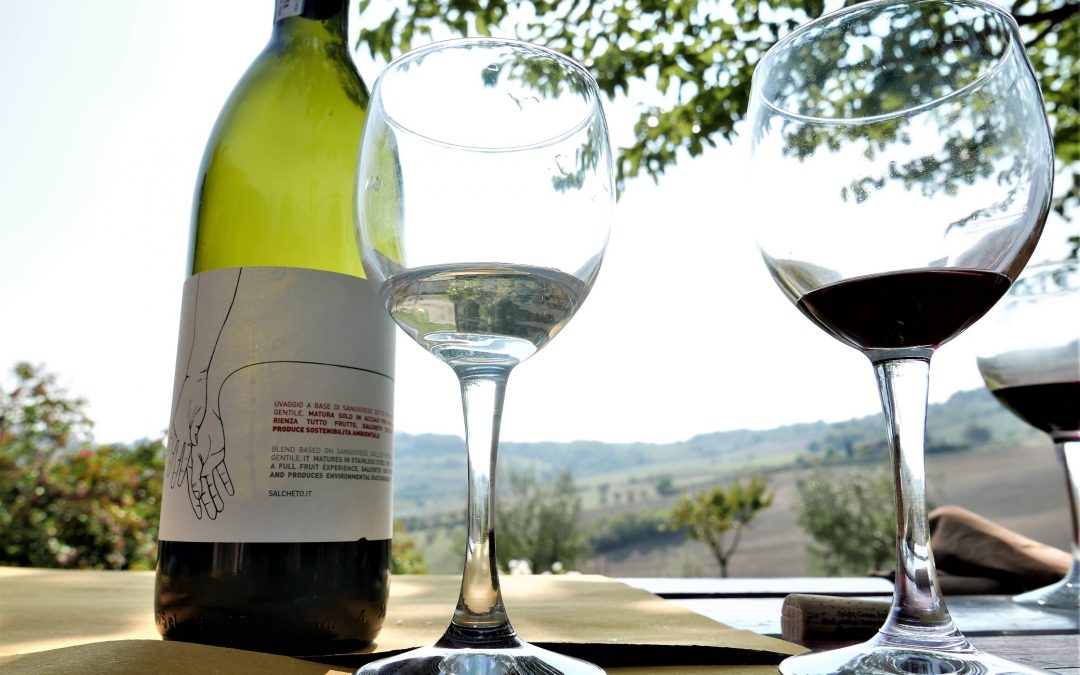Last summer I decided to spend my holidays in Tuscany, Italy, with my old friend Janet. We both had our personal reasons for this vacation. I was burnt out from work, and Janet was freshly divorced after a long and nasty separation that had left her exhausted and bitter.
It was my first time in this area, and I quickly felt at home in the beautiful landscape surrounding me, the long extended seashores, and nature itself. The atmosphere felt enchanting, and we both felt immediately welcome. Something I could not explain made everything harmonious, and my eyes and soul could simply relax and rest. Even the embittered Janet began to soften up a little and show some desire to enjoy life again.
In the following days we would often take walks in nature and along the beaches, or stroll through the streets of nearby Pietrasanta. The little town was breathing arts – exactly what I liked.
One day we found ourselves in a little art gallery, and I fell in love immediately with its artworks. The owners were a gay couple, a British and an Italian men, David and Giorgio, and I quickly became friends with them. I admired their work and found it captivating. Janet, however, remained somewhat hesitant and remote – she was not in the mood for enthusiasm.
One day they invited us to their home in the town of Vinci, the birthplace of the famous Renaissance artist and inventor Leonardo Da Vinci. Their home was a former peasant’s barn carefully renovated, standing alone and overlooking the valley. When we entered the front door I felt overwhelmed by the purity of its style. The furniture, the walls, the paintings and sculptures – everything had its natural place and nothing appeared artificially imposed. The harmony of shapes and colors in the house seemed to reflect the harmony of the landscape outside, for the eyes to caress and the soul to savor.
I forgot all the difficulties which I had to endure over the past year in my work as a journalist. I felt inspired and revitalized, and I started entertaining the idea of writing an article about this couple after my holidays.
We all sat on the terrace, a glass of wine in our hands, and silently gazed at the hills that were immersed in the early evening light. A lively conversation soon began between us about creativity and beauty, about superficiality and meaningfulness.
“Giorgio,” I asked my host, “why did you choose to settle down in Leonardo da Vinci’s birthplace?”
“I could have answered you that it was the beauty of the area,” responded David his partner, “but there was much more under this beautiful surface.”
“Come on David”, Janet scoffed. “Beauty is just beauty. What can possibly hide under this surface?”
I felt uneasy. “Please forgive Janet. She is sometimes more blunt than she means to be. She’s just had an ugly divorce…”
“It’s alright, Alma, she has a point,” Giorgio, the pensive artist responded. “You see, we are both committed to art. That’s our life-mission in our partnership, although I was originally a philosophy professor. The true artist is David. We chose Vinci as our home because we feel ourselves in the tradition of this great master, Leonardo.”
There was a long silence as we all looked at the view outside.
Giorgio continued. “Here we are immersed in the divine harmony of nature. Do you know,” he turned to Janet, “what the philosopher Santayana wrote about it?
Our mind is satisfied when it finds harmony between who we are and what we experience: It finds it in the experience of beauty.”
Impressed, I glanced at Janet – she too seemed thoughtful.
“Da Vinci considered visual perception as man’s highest sense because it alone expresses our immediate experience: The eye deludes itself less than any of the other senses.”
“So is that why you came to live here?” I wondered
“David came to Tuscany ten years ago. He was struggling with his leukemia, and he was searching for an ambience where he could at least paint in peace. And here we met.”
Here David found the harmony and perfection he was yearning for, and it gave him the hope and faith to struggle with his illness and eventually overcome it. “The power he found is reflected in his art, and he transmitted a lot of it to me.”
“Maybe,” Janet said dryly, “this beauty could work for the pain of divorce too.”
Giorgio smiled. “Santayana, my favorite philosopher, knew how beauty was connected to perfection. As he wrote:
Beauty is a testimony that the world can harmonize with our inner ideals… A work of art is indeed a monument to such a moment, the memorial to such a vision. Beauty is a testimony of the possible agreement between the soul and nature, and consequently a reason for faith in the supremacy of the good.”
My eyes met with Janet’s. I sensed that even she felt the meaning of beauty, despite her personal misery.
The next morning, when I walked with Janet along the beach, it seemed to me that her eyes were brighter and her motions alive. The meeting with Giorgio and David had evidently left a deep impression on her. I looked at my friend and hoped that her encounter with beauty would indeed prove to be the beginning of healing.

